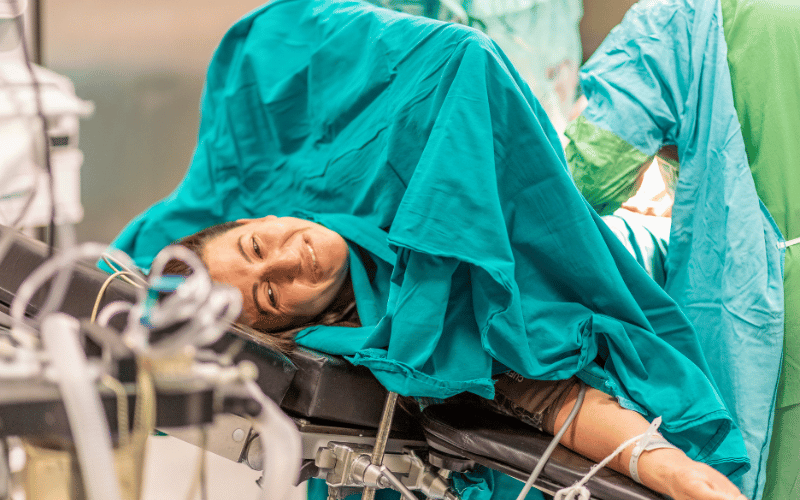Consequence 2: Increased Chance of Cesarean and Instrumental Births

When diabetes enters the pregnancy equation, it often necessitates a reevaluation of birth plans. The condition is known to lead to a series of changes within the gestational environment that may not only alter the course of labor but also affect the mode of delivery. One of the most notable changes is the increased likelihood of larger-than-average fetal size, also known as macrosomia, which can complicate a vaginal delivery and often leads to the decision to perform a cesarean section.
This increased chance of cesarean birth is not a decision taken lightly. It arises from a meticulous assessment of risks versus benefits, with the primary aim being the safety and health of both mother and child. A diabetes-managed pregnancy may also lead to a more significant incidence of labor induction, which can subsequently increase the reliance on instrumental births. Tools such as forceps or vacuum extractors are employed with skilled hands when a natural delivery stalls or the baby shows signs of distress.
The decision-making process regarding the mode of delivery in a diabetic pregnancy involves regular assessment of the baby’s size through ultrasound measurements. If a baby is projected to be of a high birth weight, discussions regarding the risks of vaginal delivery, including shoulder dystocia, come to the forefront. Should the risks be deemed too high, a scheduled cesarean becomes the chosen path.
Moreover, the surgical nature of a cesarean section brings its postoperative considerations. Recovery from a cesarean can be more demanding and may impact a mother’s ability to engage immediately and actively in postnatal care. Therefore, the preparation for such a scenario includes arranging for adequate support at home following the birth.
Navigating the increased probability of cesarean and instrumental births calls for a collaborative effort between the expectant mother, obstetricians, and the diabetes care team. It’s a journey marked by careful planning, with the anticipation of surgical intervention balanced by the joy of welcoming a new life into the world in the safest way possible. (2)